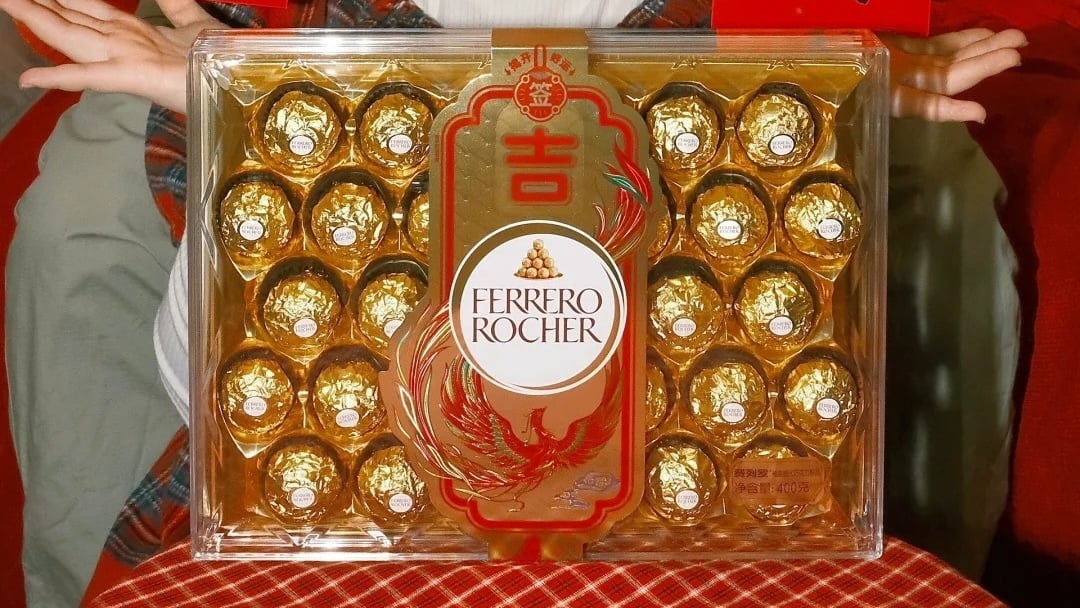While some Chinese youth are turning waste into art, others have gained a new appreciation for old electronics in recent months. In fact, some of these gadgets and gizmos, which are no longer in production, have become so popular that they now cost more than newer devices on the market.


The hype surrounding old technology is part of a more significant 2000s nostalgia trend: Gen Z is obsessed with Y2K fashion, and many people view digital devices from the noughties and early 2010s as the new ‘it’ accessories.
These are some items you might want to sell on the Chinese internet if they’re lying around the house:
1. CCD Camera
Some might recall the CCD camera in its heyday. An acronym for ‘charged-coupled device,’ CCD technology was the standard in nearly all digital imaging devices from the 1980s until the late 2010s, when complementary metal-oxide-semiconductor (CMOS) sensors gradually took over due to their higher framerates and being easier and cheaper to manufacture.

Popularized by Chinese celebrities and influencers, CCD cameras are making the rounds among amateur photographers again. Some people are obsessed with the vintage quality of pictures they produce, which have the look of fuzzy film photography.


On the Chinese lifestyle platform Xiaohongshu, the hashtag for CCD has garnered 100 million views. Competition is so fierce among eager collectors that soaring demand has caused the price of secondhand CCD cameras (about 50 RMB or 7 USD) to increase tenfold.
Meanwhile, professional photographers are baffled by the hype. One such naysayer issued a rant of disbelief under the title, “Saying no to e-waste CCD cameras,” on Xiaohongshu.
2. iPhone 4
Discontinued cell phones are also trending among Chinese Gen Zers.
iPhone 4 and 4S, in particular, are all the rage among Zoomers. On Xiaohongshu, search results for ‘photographing with an iPhone 4S in 2022’ had 4 million views at the time of writing.

Although some Gen Zers never had any experience using the fourth-gen iPhones when they were released in the 2010s, they have fallen in love with the retro-looking pictures produced by the old smartphones. Some are also nostalgic about the iPhone’s home button, which has been defunct since 2017.
“Pictures that are taken by an iPhone 4 have a white halation diffusion, low color saturation, and natural graininess, just like films,” reads a Xiaohongshu post encouraging people to buy an iPhone 4 instead of CCD cameras.
3. Nintendo 3DS
Last but not least, the Nintendo 3DS is another item on many nostalgic Chinese youths’ must-have lists. According to NetEase News, the console has recently gone viral on Xiaohongshu and its price has almost doubled compared to last year.
The handheld gaming console, launched worldwide in 2011, was officially discontinued in 2020. The Nintendo eShop is slated to shut down in March 2023, after which device holders won’t be able to download new games.

Even so, young Chinese collectors aren’t put off by this ‘expiry date.’ To them, the 3DS represents a “cute-looking,” cost-effective, and accessible Nintendo console for beginners.
Moreover, gamers can still use the device to play classic titles, such as The Legend of Zelda: Ocarina of Time and Animal Crossing, while enjoying its stereoscopic 3D effects without requiring additional accessories.

On the flip side, some netizens are snubbing old electronics, calling them overpriced, poor performing, and improperly regulated. A case in point: To capitalize on the craze, some retailers are — ironically — producing fake and malfunctioning gadgets.
Understandably, some customers have criticized the trend, calling it a publicity stunt, while others deem such devices ‘electronic waste.’
However, these haters seem to be forgetting one thing: Those capitulating to the trend aren’t necessarily after high-quality electronics but looking to relish in the ‘good old times.’
Cover image designed by Haedi Yue. Other images via Xiaohongshu





























